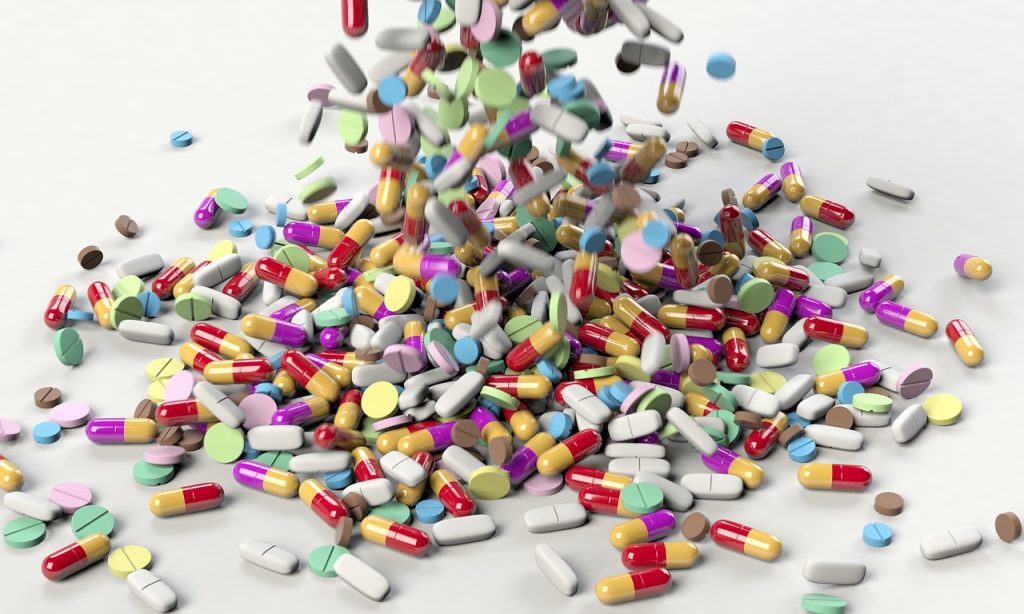Understanding Addiction
Understanding Addiction

Addiction is the intense craving for something and losing all control over yourself in spite of the adverse consequences of that addiction. Addiction works on the dopamine in the brain changing the chemicals and changing the way that pleasure is registered. It corrupts the drive for normal and destroys everything in its wake. While it can be tough to break an addiction, it is possible, often with the aid of drug addiction counselling.
Addiction takes over the influence of the brain and works to make the object of addiction a strong craving that is very difficult to break. Addicts quickly lose their ability to control how the object of addiction is used and continue to use it in spite of the adverse consequences of addiction.
New Insight
No one wakes up one morning and says “I’m going to become an addict” willingly. Unfortunately, many get caught in the snare of addiction. Let’s consider these government statistics:
Currently, almost 23 million Americans, or nearly one in 10, are addicted to some form of a drug, or alcohol.
Over two-thirds of the people who are struggling with addiction are abusing alcohol.
The top 3 drugs that cause addiction are opioid pain relievers (narcotics), cocaine, and marijuana.
Pleasure Principle
The brain is where all forms of pleasure are registered regardless of whether they started out as a psychoactive drug, a sexual encounter, a delicious meal, or a monetary reward. The brain has pleasure receptors that have a specific signature. The release of the neurotransmitter or dopamine in the nucleus accumbens, pleasure has a specific means in which the brain registers the pleasure. The cluster of nerves lies underneath the cerebral cortex and the pleasure is derived there. However, drugs alter the way dopamine is released into the nucleus and change the pleasure center.
All forms of drugs regardless of whether they’re nicotine or heroin, create a specific powerful surge of dopamine in the nucleus accumbens. When drugs are consistently used, this leads to changes in how the brain registers pleasure. The likelihood that using a specific drug or participating in such rewarding activities may start out innocently enough, however, it quickly leads to addiction and is linked to the speed wherein the dopamine releases and how reliable that release is under normal circumstances.
Learning Process
Scientists at one point in time believed that experiencing pleasure was enough reason for some people to seek out drugs or alcohol. However, more recently, research has suggested that the situation is far more complicated than this. Dopamine contributes to the pleasure experience, but, it also plays a key role in learning and memory has key elements that transition something from liking to addiction.
According to the theory in regards to addiction, the dopamine will interact with other neurotransmitters, glutamate takes over the role of the dopamine and how the brain gives the pleasure reward. This system plays a key role in sustaining life as it links the activities that are required for survival, such as sex and eating, into one pleasure and one reward.
Development of Tolerance
Over the course of time, the brain will adapt the way that it seeks pleasure.
In nature, the rewards only are achieved with time and effort. However, with addiction, the addiction provides a quick shortcut and it floods the brain with dopamine and the other neurotransmitters. The brain doesn’t have any means to identify that it’s being attacked with drugs; it just responds with the reward.
Compulsion Takes Over
By now, compulsion has taken over. the pleasure that is associated with the drug or behavior now subides and the memory of the effect is a strong desire that persists. It’s as if a normal piece of machinery isn’t functioning any longer.
The brain has learned that the drugs give it pleasure. The hippocampus and the amygdala save this information as an environmental cue that is associated with the desire for the drugs or alcohol. It can then relocate that sensation and remind the brain that it requires more drugs due to the intensity of the craving sending the brain a message to get high.
Cravings contribute to addiction as well as to relapse after someone has achieved sobriety. The person may be in serious danger of a relapse if they even see a hypodermic needle. Another person may begin drinking again if they see a bottle of alcohol. This is called conditioned learning and explains why some people risk relapse time and again.
